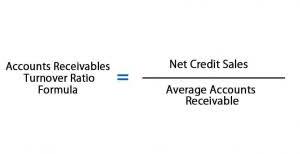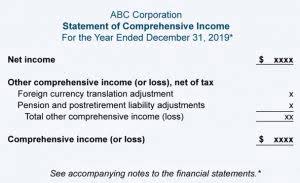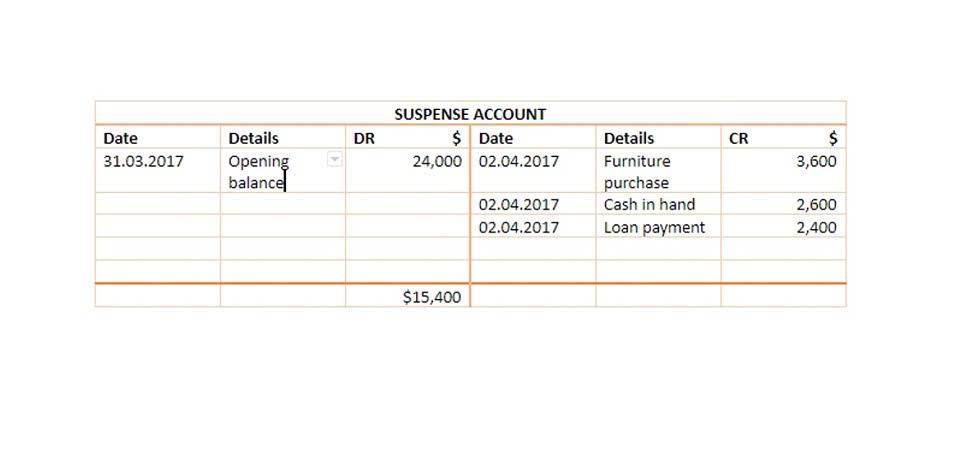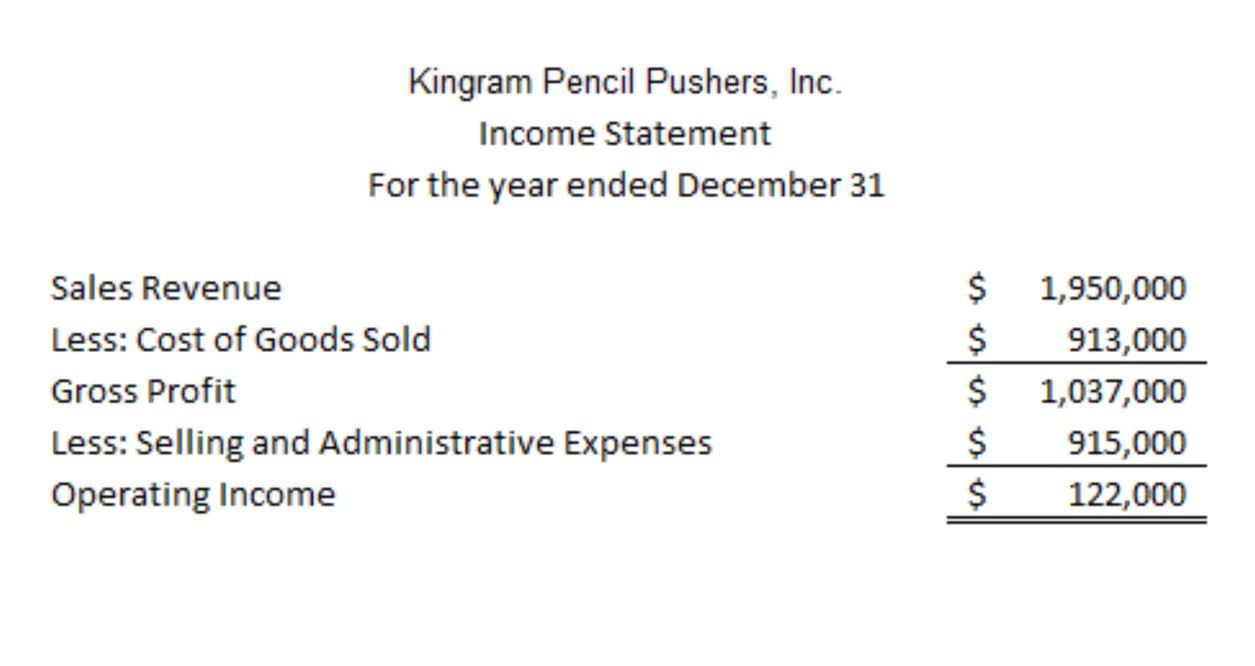Our free financial model spreadsheet will produce 12 months of income statement, cash flow and balance sheet projections. You can see examples of each of these outputs below along with some of the basic charts and graphs that will be included. A projection is an overall look at a business’s forecasted performance. It’s made up of several different statements and reports, such as a cash flow statement, income statement, profit and loss statement, and sales statement.
- It’s possible that we might grow out of this tool in 6 months and need something more customized or complex.
- When doing this manually, there is a significant amount of work and time that goes into building a forecast that is realistic.
- Service industry companies’ COS include salaries of professional service providers; software-as-a-service companies’ COS include hosting fees.
- The goal is to have a complete understanding of how you will make money from your customers so you can project the revenue and corresponding expenses accurately.
- Your financial forecast is an essential part of your business plan, whether you’re still in the early startup phases or already running an established business.
Tools used for financial forecasting
There is average revenue break-even, present value factor, discounted net cash flow to the firm, positive cash flow, and payback period through a table. This gives you a basis from which to develop your startup’s financial https://www.mix-cite.org/un-diagnostiqueur-immobilier-doit-obtenir-une-certification/ projections. Not only can you access that real-time data instantly, but you can also use it to create forecasts and projections for multiple scenarios without any need to create manual financial models.
You’re all set!
We’re going to zip through each of the tabs in the income statement to explain what they mean and how they relate to each other. If you haven’t downloaded our template that’s OK — this same walkthrough works for just about any pro forma income statement. It’s possible that we might grow out of this http://www.auto60rus.com/newsauto/ajiotaj_pered_zastoem.php tool in 6 months and need something more customized or complex. We’ve used this same tool to manage businesses with 8 figures of revenue and it’s scaled wonderfully. Long before we’re ready to start collecting money we will likely be setting up forecasts to project our startup’s performance.
Financial Projections for Startups
- Regularly updating your cash flow statement can help prevent a liquidity crisis and ensure your startup can meet its financial obligations.
- Optimism is great, but the worst-case scenario must be considered and accounted for in your expense projection.
- For tech companies, I typically use a customer funnel-based approach to forecasting revenue.
- Use one of these monthly budget templates to effectively track and manage your business’s income and expenses, helping you plan financially and save money.
- This can include everything from salaries and rent to marketing costs, and even that unexpected flat tire, or unforeseen business expenses.
Make sure you know the assumptions behind your financial projections and can explain them to others. Sure, there are a lot of things that can go wrong, but you believe in your company, and you want to focus on best case scenarios. That’s great, but with financial projections you also need https://eternaltown.com.ua/ru/2020/12/kofevarki-krups-sovremennoe-mnogofunkcionalnoe-oborudovanie-nemeckogo-kachestva-dlja-domashnej-kuhni-ofisa-obshhepita/ to keep things grounded in reality. A bottom-up headcount forecast at a departmental level will provide a solid starting point for the rest of your financial projections. Financial projections for a SaaS startup begin with people, which is the largest of a SaaS company’s expenses by far.
The only “cost” we typically include here are returns and chargebacks directly attributed to our revenue. What matters is that we use this template to understand the fundamentals of startup finance, so we can modify our approach to fit our own needs. The income statement just details how much money we’ve collected and paid in a month. It doesn’t help us track receivables, whereby we have a bunch of people that owe us money that we’re trying to collect on. For example, in our sales forecast, we may find that initially, a single salesperson can handle everything but as we scale our business activities we need a massive sales team.

































